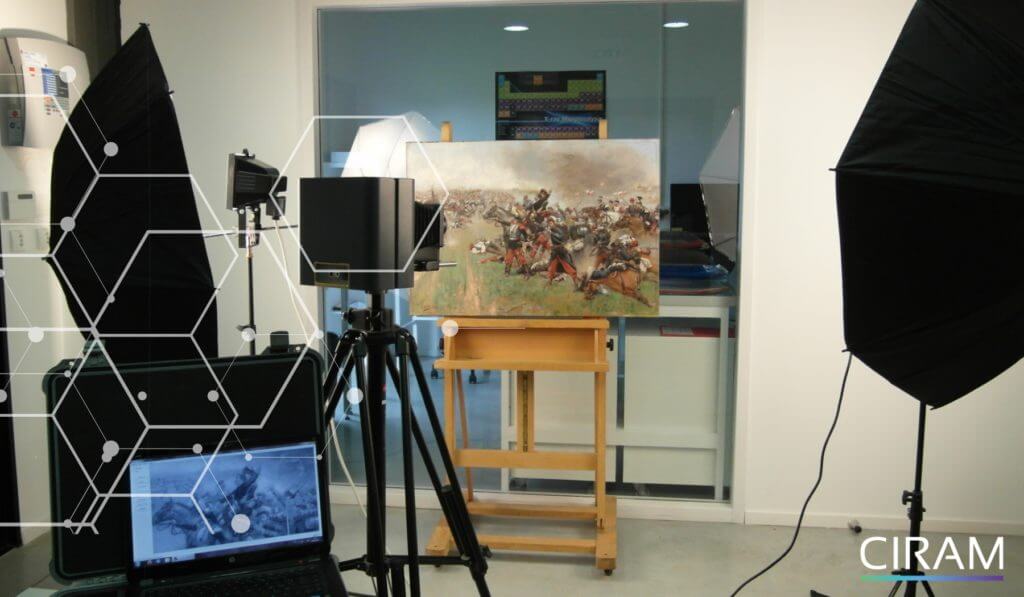Carbon-14 dating of paintings
Authenticating a painting with carbon-14: this is the method for dating the support (canvas, wood, paper, cardboard…)

The scientific approach by materials is transchronological. There are two dating methods used by CIRAM laboratories:
- Carbon 14, reserved for organic materials: wood, paper, ivory, bone, leather, textile
- Thermoluminescence, dedicated to terracotta and heated materials.
A global approach for precise dating
Beware, dating the support of a work does not automatically correspond to the date of the work’s creation. For the study of painted works, several types of imaging – natural light, grazing light, ultraviolet (UV) light or infrared (IR) reflectography – complement conventional dating techniques. However, one problem remains: how to analyze materials that cannot be dated, such as the pigments used in painting?
The anthropological and historical approach to complement the results
It is historical knowledge of pigment manufacturing techniques that will provide chronological data: the use of chromium oxide as a green pigment from 1840 onwards, for example, or the manufacture of titanium white (titanium oxide), which began in the 1920s. These investigations also have their limits: natural pigments provide no real chronological information, as in the case of ochre, which was used for the Lascaux cave paintings!
The principles of carbon-14 dating
The foundations of carbon-14 dating are based on the instability of the carbon isotope 14. Just as death interrupts human life, the life of flax or hemp ends when it is harvested. This is the moment that carbon 14 dates. A living organism contains a constant quantity of carbon 14, due to exchanges with the atmosphere (respiration or photosynthesis). When the organism dies, exchanges with the outside world cease, and the quantity of carbon 14 decreases according to a known exponential law. Its concentration is halved every 5,730 years. The dating limit is around 60,000 years. Beyond that, the quantity of carbon 14 is too low to be measured by current techniques.
This revolutionary technique earned its inventor, Willard Frank Libby, the Nobel Prize for Chemistry in 1960.
The variation of carbon 14 over time, an important datum to take into account
Carbon 14 dating is expressed in Before Present” or “BP” years. The “present” of carbon 14 was set at 1950 by Libby. Today, however, it is necessary to correct these values, as carbon 14 concentration has varied over time, depending on solar activity, climate change or industrial activity, for example. These results are calibrated using calibration curves. These curves transform the BP age into calibrated date intervals associated with a probability percentage (e.g. 450 ± 25 years BP corresponds, after calibration, to the interval 1422 – 1471 AD. – probability of 95.4%).
